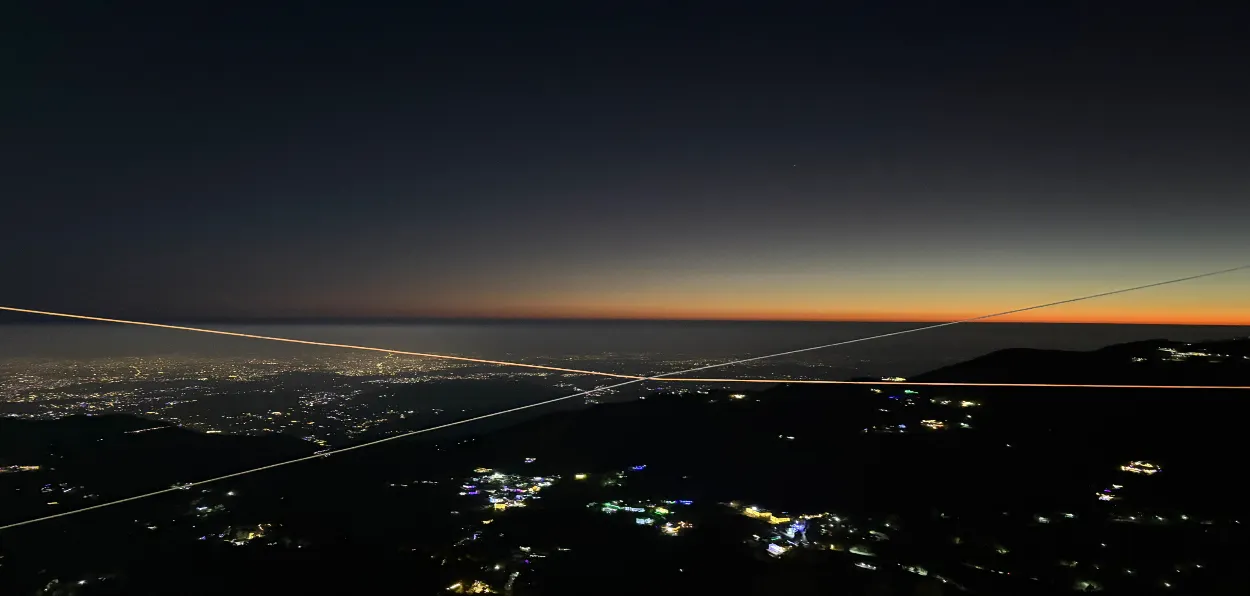
Malick Asghar Hashmi/Mussorie
At 8:20 pm, Mussoorie was being caressed by a cool breeze. The Mall Road was buzzing with activities of humans – the place is well illuminated and people move around joyfully. The air is thick with festivity and warmth of human relations.
The glittering lights of Diwali, the decorated shops, and the shoppers looking around for what they wanted – the scene is like a painting. I sat on a roadside metal bench near a police barricade, trying to get over the fatigue caused by the walking and climbing of the day in this hill station.
Suddenly, a voice pierced through the vibrant atmosphere—"Allahu Akbar, Allahu Akbar..." It was the call to prayer for Isha, delivered over a loudspeaker from a mosque located in a lane in the middle of Mall Road.
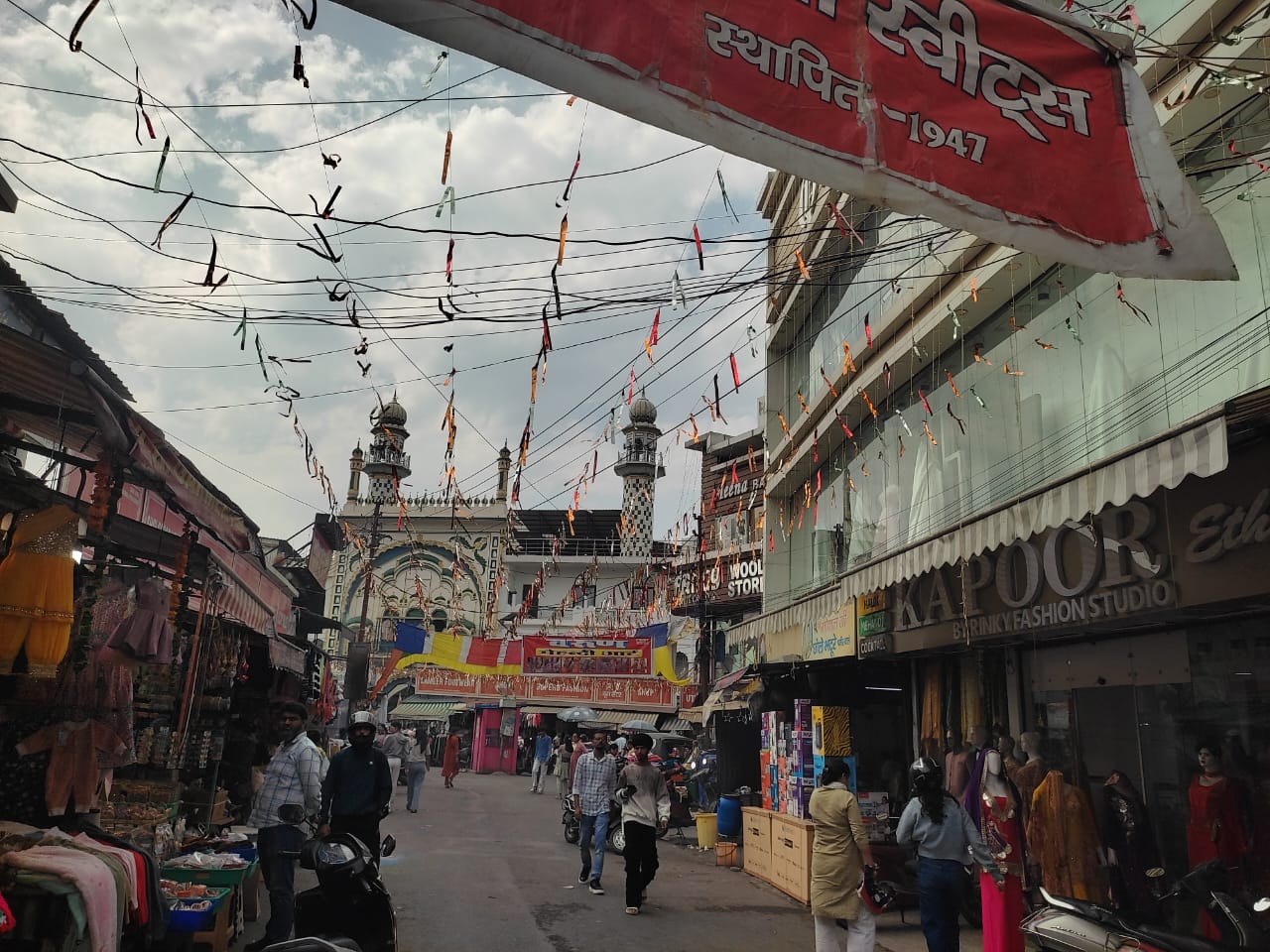 Jama Masjid of Mussoorie
Jama Masjid of Mussoorie
I was astonished to hear the azan in a town like Mussoorie, which attracts thousands of tourists from both India and abroad on any given day.
The azan was being broadcast openly and loudly from a mosque. May be my mind was too clouded with the news reports of intolerance against Muslims in some areas of Uttarakhand, that social media and television relayed ad naseum.
Before starting from Gurugram, Haryana, I had done a bit of research about the situation of the Muslims in Uttarakhand on Google. The results were disappointing.
Some young men from Kashmir were beaten and chased away after being refused permission to set up shop; a Muslim tea vendor was arrested, and some drunken men had entered a mosque and caused ruckus.
These reports had filled my mind with fear. The thought of facing hatred or discrimination constantly tormented me.
So, when I heard the Azaan, I felt a deep sense of peace. It was like the sudden light shining on a dark room. My inner fears melted away in an instant.
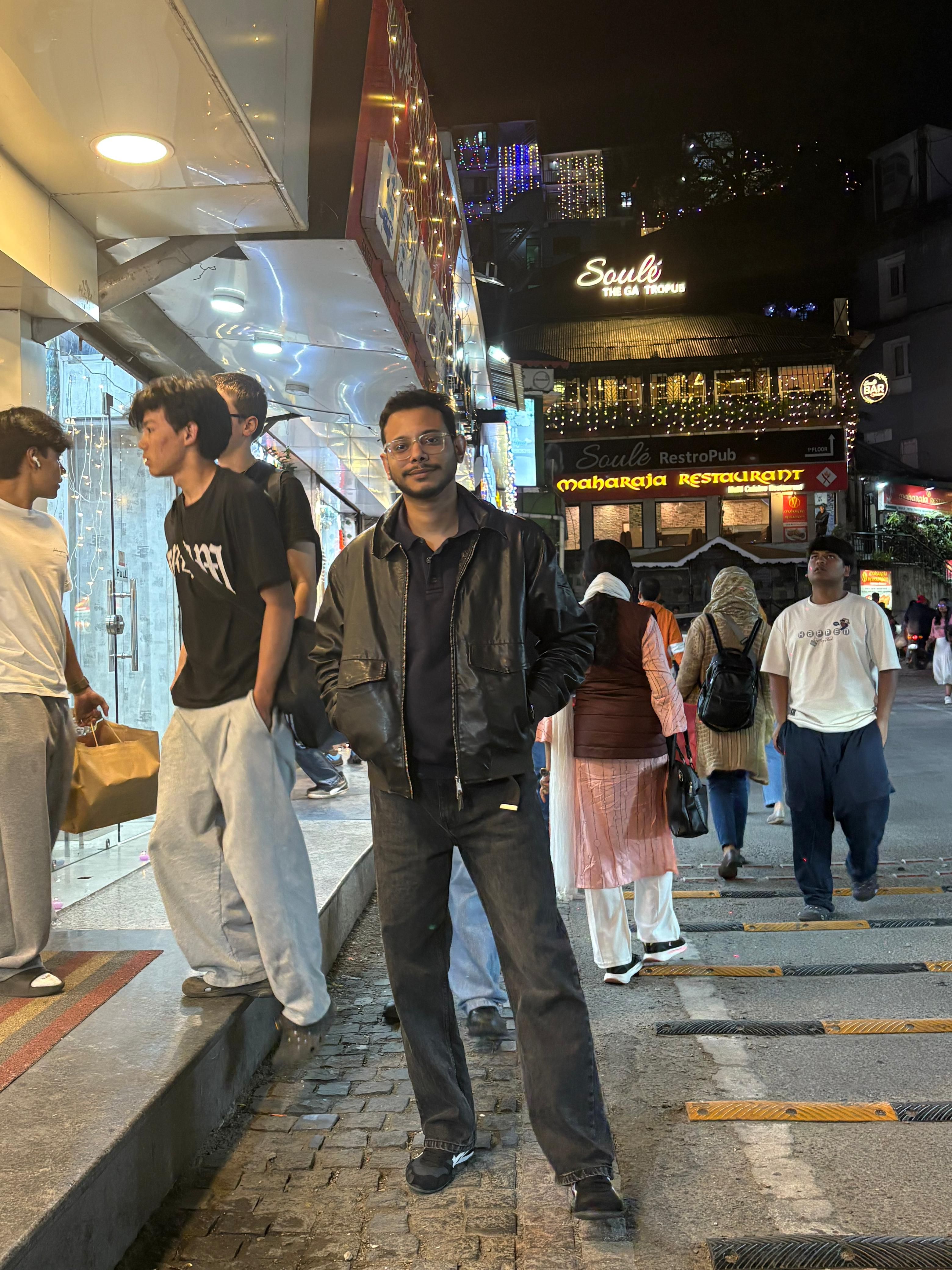 A young Muslim Tourist posing for camera at Mall Road
A young Muslim Tourist posing for camera at Mall Road
That night, to me, the environment of Mussoorie was not just filled with the sound of the Azaan, but with the living proof of harmony, tolerance, and inclusiveness.
From this point onwards, I was looking at everything from a different perspective. I saw and experienced Mussoorie with an open heart and warmth. As I strolled along Mall Road, and boldly looked into people's eyes, spoke to shopkeepers, and smiled at Muslim merchants.
I saw none of the hostility that social media had led me to imagine.
The ground reality of Mussoorie is different. According to statistics, approximately 31,000 Muslims live in this city. A large Muslim cemetery is located just before entering the Queen of hills, confirming the long and enduring presence of the Muslim community here.
Walking along Mall Road, many shop signboards are written in Urdu. From warm clothing stores to food stalls and hotels—the Muslim community plays a significant role in the city's business landscape. Establishments like Chacha Ka Hotel and Al-Quresh Hotel, located near the mosque, are popular with tourists.
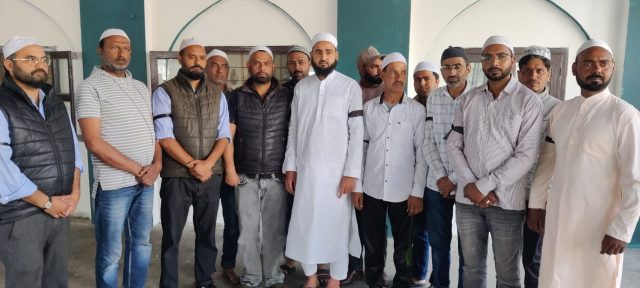
Muslims in Massouri holding protest against Pahalgam massacre
Major mosques include the Jama Masjid of Landour, Masjid Amania, and Jakhan Masjid. Of these, the Landour mosque holds historical significance. These mosques are not only places of worship but also exemplify the city's religious diversity and inclusive character.
The local police administration also maintains a positive outlook on this environment. Mussoorie's police chief, Arvind Chaudhary, stated unequivocally, "The perception of the Muslim community down in the mountains is not found in the social environment of Mussoorie."
In fact, when anti-Pakistan protests erupted after a terrorist attack in Pahalgam, Jammu and Kashmir, Muslim youth in Mussoorie also participated. Many young people, including Asif, Kamil Ali, Ayub Shabri, and Shaheed Mansoor, spoke out in support of India.
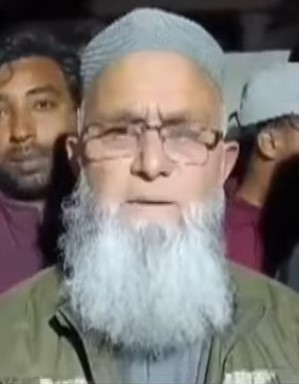 Local elder Manzoor Ahmed explains that the man who entered the mosque and caused the disturbance was intoxicated and had no religious or political motive. Therefore, it was highly unfair to draw false conclusions based on such incidents against the entire community.
Local elder Manzoor Ahmed explains that the man who entered the mosque and caused the disturbance was intoxicated and had no religious or political motive. Therefore, it was highly unfair to draw false conclusions based on such incidents against the entire community.
Muslims still constitute approximately 20 to 25 percent of the tourist crowd in Mussoorie, a testament to the city's welcoming vibes.
This harmony is also evident in Dehradun, the capital of Uttarakhand. Dozens of Muslim shops are located in commercial areas like Dhama Bazaar, Moti Bazaar, Paltan Bazaar, and Dispensary Bazaar.
A large number of Muslim women wearing burqas and hijabs can be seen shopping in these markets. The magnificent Jama Masjid here remains the center of the religious and cultural life of the Muslim community.
This harmony in Uttarakhand is not limited to the present; its history is equally rich and inspiring. Hazrat Musleh-e-Ma'ood (Mirza Bashir-ud-Din Mahmood Ahmad), the second Caliph of the Ahmadiyya Muslim community, visited Mussoorie in 1931. This journey was based on the principles of religious tolerance, Hindu-Muslim unity, and Islamic propagation.
On April 19, 1931, Hazrat Musleh-e-Ma'ood arrived in Mussoorie from Qadian. On April 24, he delivered the Friday sermon at the Ahmadiyya Mosque in Mussoorie, in which he described Mussoorie as the only hill station in India where Ahmadiyya Muslims have their own mosque. He emphasized that the mosque's presence testified to the special responsibility of the congregation to propagate the religion and maintain the mosque.
On April 26, 1931, he delivered a historic speech at the Town Hall in Mussoorie on the topic, "India's Progress and Hindu-Muslim Unity." He identified three main causes of the communal tensions prevalent at the time—religious, cultural, and political differences.
He said that disputes over religious festivals arise because we do not understand the true meaning of tolerance. Tolerance does not mean simply tolerating others, but rather allowing them to live and respect their religion. He said that all religious communities should respect each other's heroes and refrain from speaking ill of other religions while propagating their own.
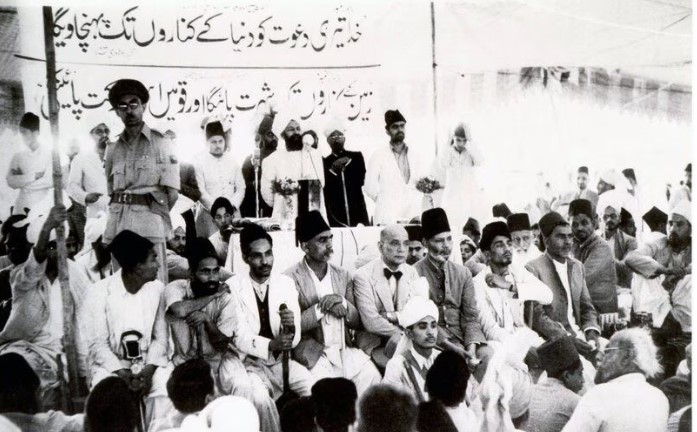
Hazrat Musleh-e-Maoud delivering a lecture in Massoorie mosque
For a political solution, he suggested that the Hindu majority should make some political concessions to Muslims and assure Muslims that they will stand with India in the event of any foreign attack on the country, even from a Muslim country.
On May 1, Hazrat Musleh-e-Maoud arrived in Dehradun, where he delivered a public lecture at the Islamia School. On May 2, he left for Delhi and addressed Ahmadiyya Jamaat activists there.
He emphasized that every member should become a preacher. He believed that to show the true face of Islam to the world, Muslims must be truthful, humble, and socially active.
ALSO READ: Kashmiri 'Delicious' apple harvest in progress, only 10 pc crop lost
I realized that Mussoorie is not just a tourist destination, but a living example of India where temples and mosques are on the same road, and where human hearts are filled with love.
